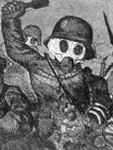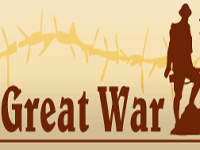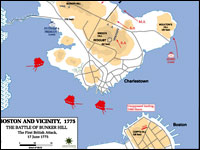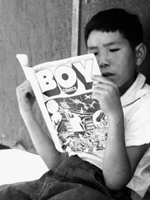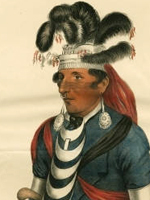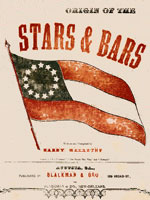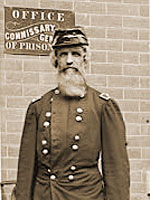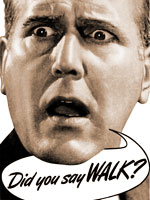Civil War in Art
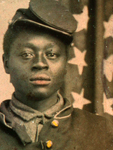
The Civil War in Art website offers a pictorial entry point to the Civil War. The site consists of a set of web exhibits, with text by specialists at DePaul University, as well as photographs, images of statuary, paintings, and more. The artworks and their descriptions have been contributed by a variety of Chicago-area institutions—the Art Institute of Chicago, Chicago History Museum, Chicago Park District, Chicago Public Library, DuSable Museum of African Art, Newberry Library, and the Terra Foundation for American Art.
Two features are worth noting. One, the broad definition of artwork adopted by the site includes documentary practices such as portrait photography and journalistic sketches. Two, the site states that the majority of the works are from Northern states. Educators should keep artists' perspectives and intended audiences in mind as they analyze images and guide students in analyzing them.
Each exhibit offers a few short pages of text, alongside selected works of art. Hover over bold names and selected words to reveal a definition or short biography. In addition, all of the artworks referenced can be accessed together on the final page of each exhibit or, for the more than 120 artworks located throughout the website, as a list under "Image Gallery." Clicking on a piece enlarges the image and presents details about the artwork's content and context, as well as a list of suggested classroom questions and further reading. Exhibits available at the time of writing cover causes of the Civil War, life in the military, emancipation and freedom, the Northern homefront, Lincoln, and remembering the Civil War.
There are three additional smaller sections. "Glossary," lists all of the vocabulary terms and short biographies available as "mouse-over" text in the exhibits. The page also offers downloadable PDFs of the vocabulary and the biographies. "Classroom Projects" offers three middle-to-high-school-level lessons, each of which has been implemented in Chicago area classrooms. Here, you can also access a file on teaching with art. Finally, "Additional Resources" provides external links for further enrichment.
